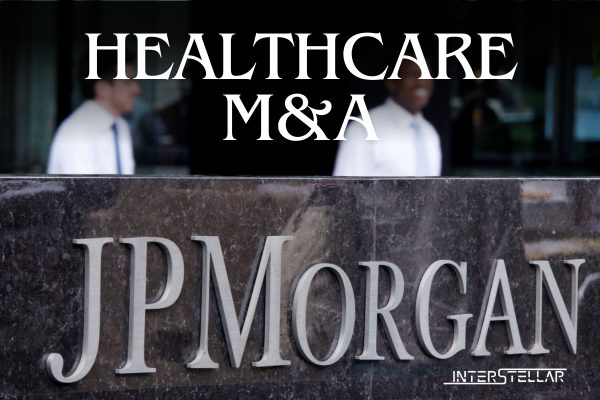Healthcare Dealmakers Eyeing $10 Billion Deals at JPMorgan Conference
Healthcare executives, bankers, and lawyers are gathering in San Francisco this week for the prestigious JPMorgan Healthcare Conference. With over 8,000 participants expected, the event is drawing significant attention, especially as dealmakers anticipate a surge in mergers and acquisitions (M&A) worth more than $10 billion. This optimism is largely fuelled by expectations of less antitrust scrutiny under President-elect Donald Trump’s administration.
Anticipating a Resurgence in M&A
In the past year, the healthcare sector saw no transactions exceeding $5 billion, marking the first time in over a decade that no such deals were finalised. However, dealmakers are hopeful that this trend will change in the near future. Many believe that deals previously halted due to concerns over antitrust issues, high interest rates, and the effects of the COVID-19 pandemic will now be revisited. Ben Carpenter, JPMorgan’s global co-head of healthcare investment banking, commented, “Eventually the dam starts to break. I would expect to see at least a few deals that rise above $10 billion.”
Despite these positive expectations, some caution remains. Although the policies of Trump’s second term are still unclear, his nomination of a less strict Federal Trade Commission chair has been welcomed by dealmakers. Jeremy Meilman, co-head of JPMorgan’s healthcare investment banking group, noted that while the exact policy direction remains uncertain, the incoming administration’s pro-business stance is a promising signal.
Healthcare M&A Activity Faces Delays
Although optimism is rising, 14 out of the 17 healthcare dealmakers consulted expressed caution, predicting that it might take more than a year for the M&A market to recover fully. Activity may not return to the highs seen in 2019 and 2021 when healthcare deals totalled $500 billion, according to LSEG data. In the past three years, healthcare M&A has dropped to $257 billion in 2024, half of what it was previously.
Shayne Kennedy, global chair of law firm Latham & Watkins’ Healthcare & Life Sciences Industry Group, pointed out that “It’s not like the floodgates are back open. What we expect is that the tide is going to start to shift.” This shift may happen gradually as the market adapts to the new political climate and macroeconomic factors.
Conditions for Growth and the Role of Private Equity
Looking ahead, experts believe that 2025 will see more activity, as companies with strong earnings are well-positioned for dealmaking. Bain Capital’s Devin O’Reilly explained, “It may not be the ideal price people were thinking, but it’s a normal multiple that they can sell this year and have a very good outcome.” Companies like Merck & Co., which had previously held off on major acquisitions, may now seek to fill revenue gaps left by blockbuster drugs going off-patent, such as Keytruda and Opdivo.
The current macroeconomic environment, with inflation under control and interest rates declining, is conducive to financing larger deals. This is expected to lead to the availability of hundreds of biotech companies for potential acquisition in 2025. Private equity firms, in particular, are expected to play a significant role. These firms, often with substantial cash reserves, have been eyeing hot sectors like technology and artificial intelligence, which are less impacted by regulatory restrictions.
In healthcare, the focus will likely be on medicines targeting heart conditions, metabolic diseases, nervous system disorders, immune system disorders, oncology, and rare diseases. The emerging market for weight-loss drugs, estimated to reach $200 billion by 2031, will also attract attention. Companies that develop highly effective weight-loss pills could become especially attractive acquisition targets.
The Future of Healthcare M&A
Despite the challenges and uncertainties, the outlook for healthcare M&A is positive. Dealmakers are increasingly confident that the next few years will witness a recovery, with significant deals likely to drive growth in the sector.
With inputs from Reuters





